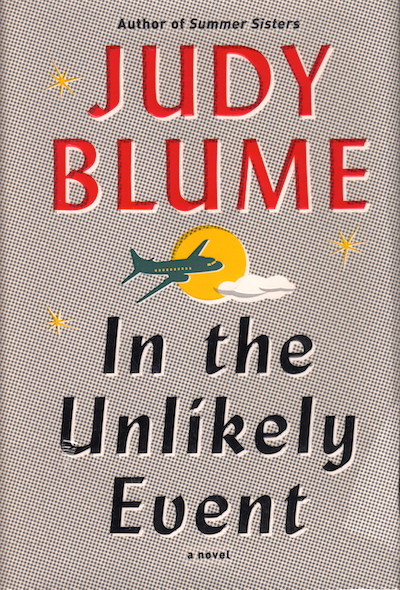
If on a Winter’s Night a Traveler is a book you have to work at reading because it is Weird. What makes it weird?
First, it’s written in the second person. You know first person (the book is told from the I/me perspective) and third person (she/her perspective). Second person, though, is you/yours. It puts the reader into the story in a way that is very video-game-esque, but the reader isn’t making the choices, the author is. Given that there’s a central mystery about publishing errors that keep happening – the first chapters of ten books are showing up in different books, and You, the main character, are trying to figure out what’s going on because you just want to read the damn books!
Second, it’s weird because those chapters? They’re interspersed with the action. So there’s a chapter written in the second person about the “real world”, and then the first chapter of the book that the main character is looking for. And they alternate back and forth, between the story action and the first chapter of the next book the main character is tracking down.
Third, the dislocated book chapters and the story may end up converging at the end of the book? It’s confusing. But there is definite dovetailing of the stories. It’s trippy.
If on a Winter’s Night a Traveler is designed to make the reader think about narrative structure and what makes a complete story. It’s also maybe a shaggy dog story? I would recommend it if you like a challenge in your reading. But it’s not a book I would pick up for pure entertainment.
